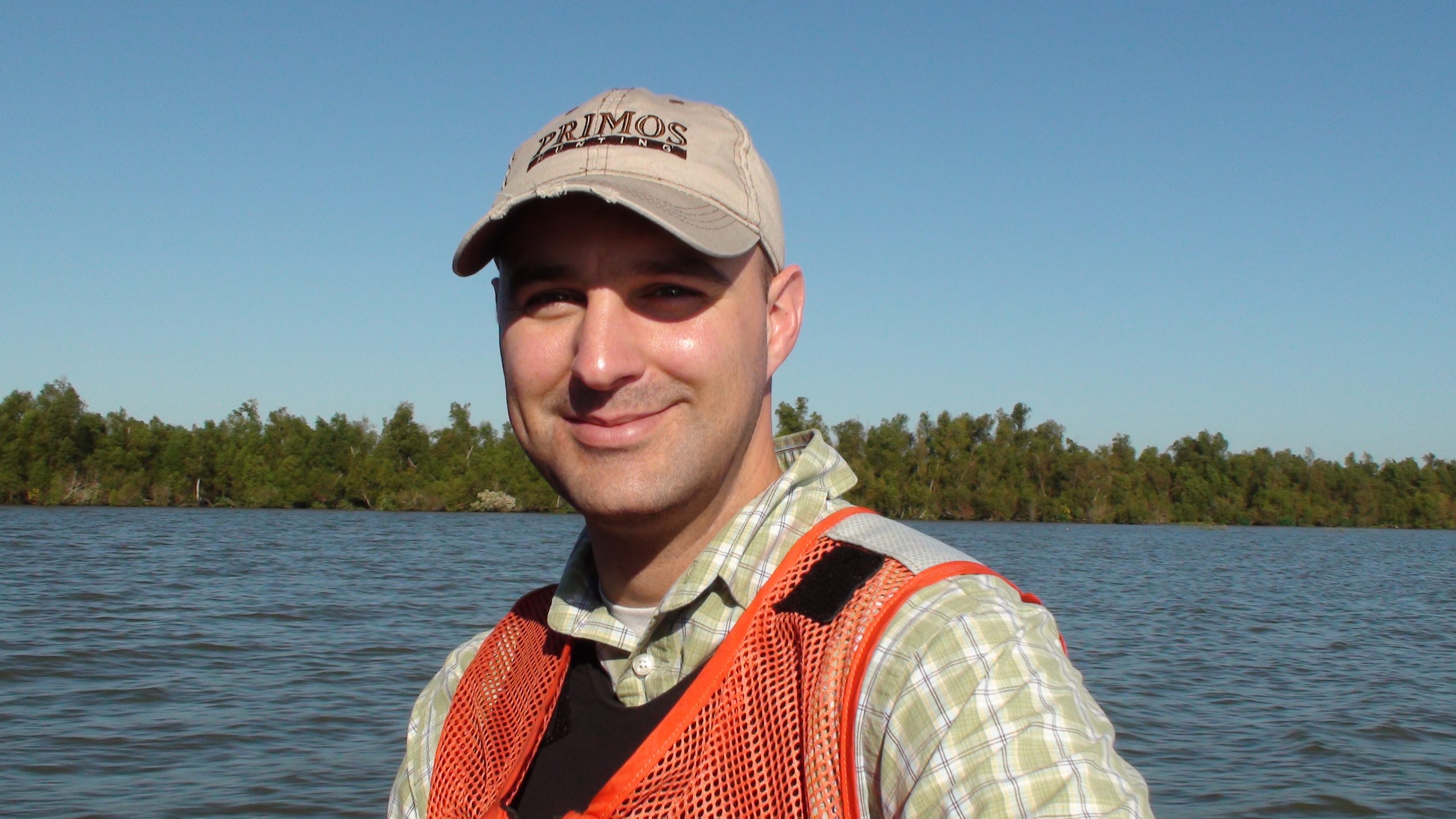
Study Finds Solutions to Reduce Fishing Injuries on Vessels

Researcher Devin Lucas
Many of those injuries and others aboard the two types of vessels could be prevented with the right interventions, and the research methods used in the study could help identify and reduce injuries and fatalities in other types of commercial fishing, said researcher Devin Lucas. His findings were published in the “American Journal of Industrial Medicine.”
“We’ve drilled down to such a detailed level in the injury data that we can actually address specific hazards and develop prevention strategies,” said Lucas, who recently received his Ph.D. in public health from OSU’s College of Public Health and Human Sciences and works for the National Institute for Occupational Safety and Health (NIOSH) in the Alaska Pacific office.
Lucas’ study is the first scientific assessment of the risk of fishing on freezer-trawlers and freezer-longliners. In both types of vessels, the processing of fish is handled on-board. The vessels had reputations for being among the most dangerous in commercial fishing in part because of a few incidents that resulted in multiple fatalities.
However, an analysis of 12 years of injury data showed that fishing on the freezer vessels was less risky than many other types of commercial fishing, which is one of the most dangerous occupations in the United States, Lucas said. The rate of injury on freezer-trawlers was about the same as the national average for commercial fishing, while the rate aboard freezer-longliners was about half of the national average.
“The reality is that many fisheries elsewhere in the U.S., including Oregon Dungeness crabbing, are much more dangerous,” Lucas said.
His review of injury data indicated that the majority of injuries in the freezer-trawler fleet occurred in the factories and freezer holds, while the most common injuries in the freezer-longliner fleet occurred on deck while working the fishing gear. Injuries from processing and handling fish were also common on the longliners, the research showed.
Study co-author Laurel Kincl, an assistant professor of environmental and occupational health and safety in the College of Public Health and Human Sciences, said the methods used in the research, including describing and categorizing the types of injuries, can now be applied to other commercial fishing industries to identify safety issues and pinpoint areas for prevention.
“Not all commercial fishing is the same,” Kincl said. “You have different equipment, different processes.”
Kincl said researchers are hoping to build from this research and explore other fishing-related injuries and prevention strategies. The Dungeness crab industry is one area that may be explored and another is land-based fish-processing, she said.
Additional authors of the study were Viktor E. Bovbjerg and Adam J. Branscum, associate professors in the College of Public Health and Human Sciences at OSU and Jennifer M. Lincoln of NIOSH. The research was supported by OSU and NIOSH.
About the OSU College of Public Health and Human Sciences: The College creates connections in teaching, research and community outreach while advancing knowledge, policies and practices that improve population health in communities across Oregon and beyond.
MEDIA CONTACT:
541-737-0784












